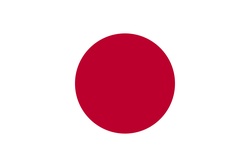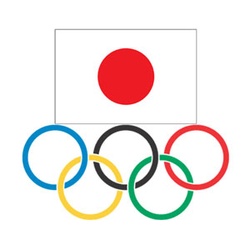Japan is not the name that the Japanese use to call their country, they use Nippon which means the suns origin, often translated to land of the rising sun.
Japan is an island chain between the North Pacific Ocean and the Sea of Japan, east of the Korean Peninsula, Most of the islands are mountainous and many volcanic. It gained independence in 660 B.C. when Japan was traditionally founded by Emperor JIMMU.
The capital city is Tokyo. Japan's has many attractions and is the third richest country in the world. The past meets the present in modern-day Japan, with its rich cultural history that dates back millenia and ultra-modern influences in technology, entertainment and lifestyle.
Popular tourist attractions alongside the national parks and museums include Tokyo, Hiroshima Peace Memorial, Kyoto and of course Mount Fuji.


















